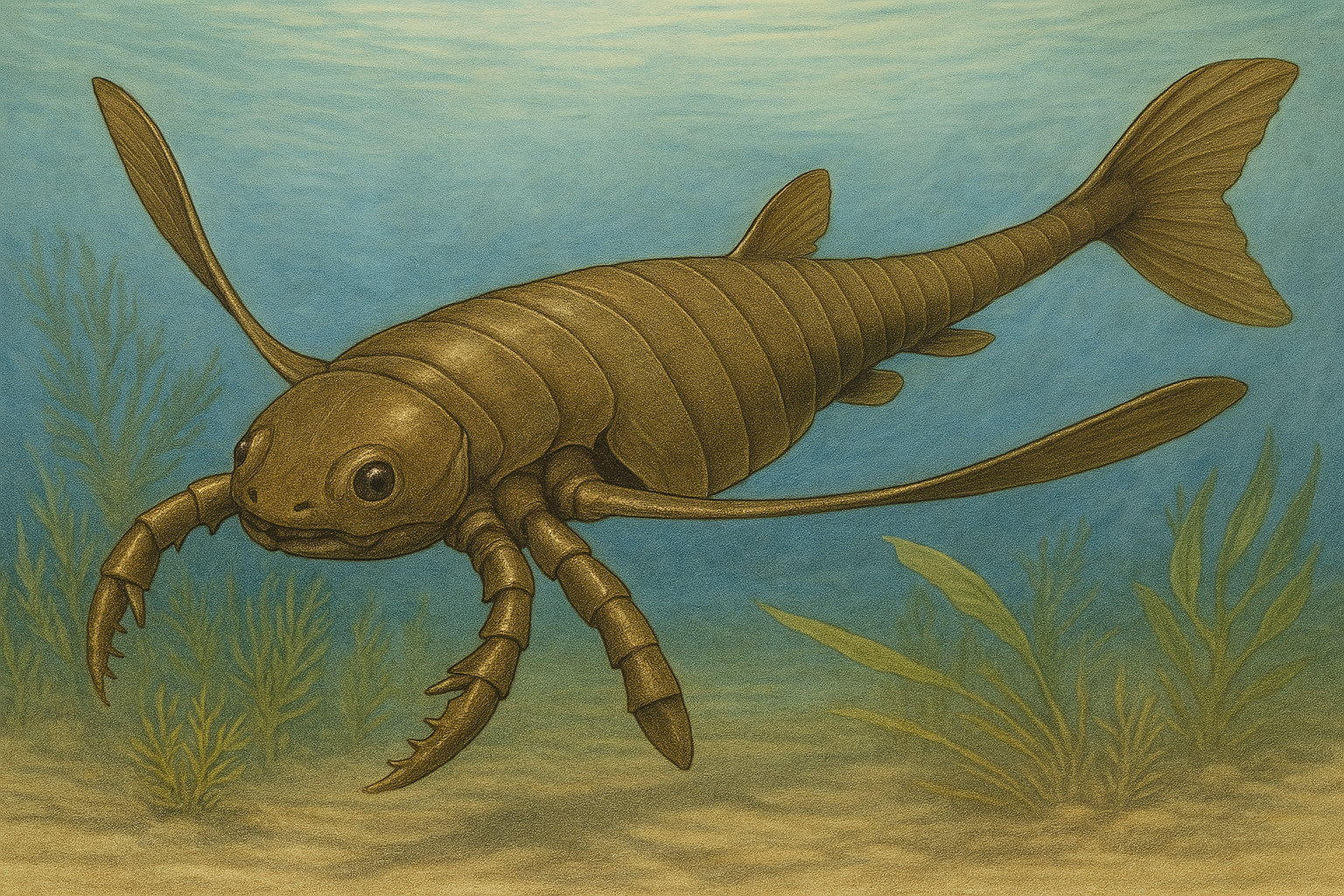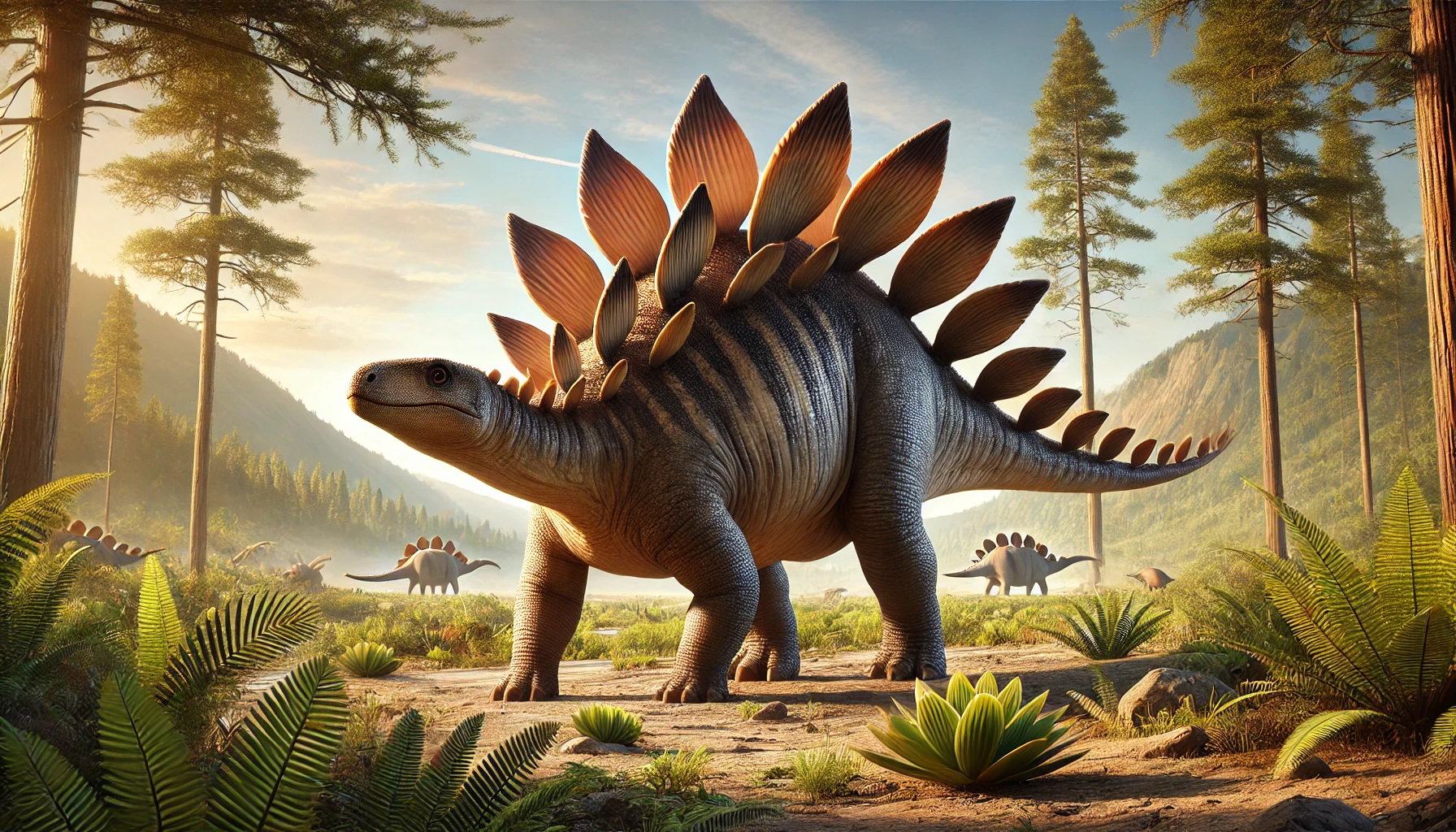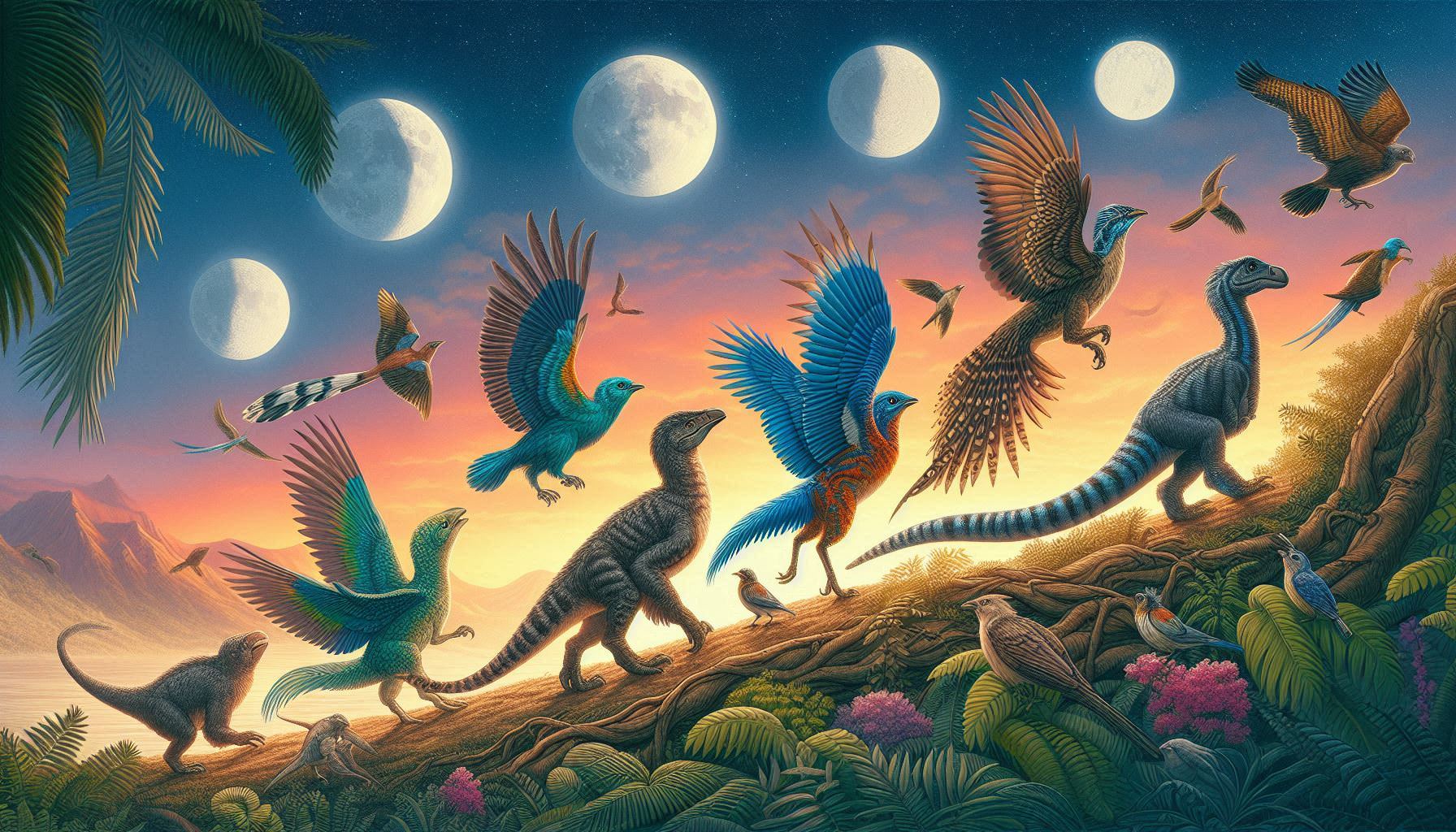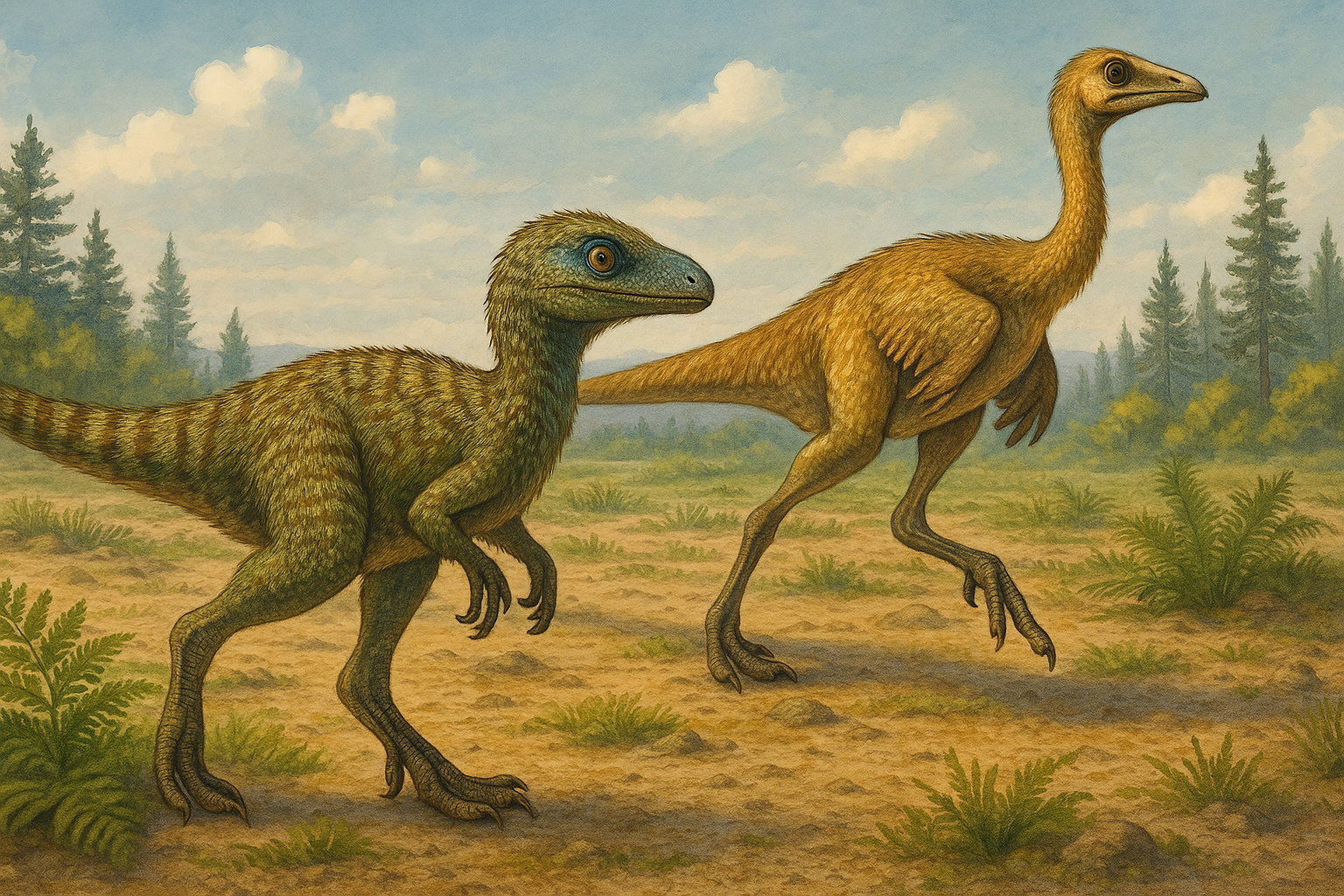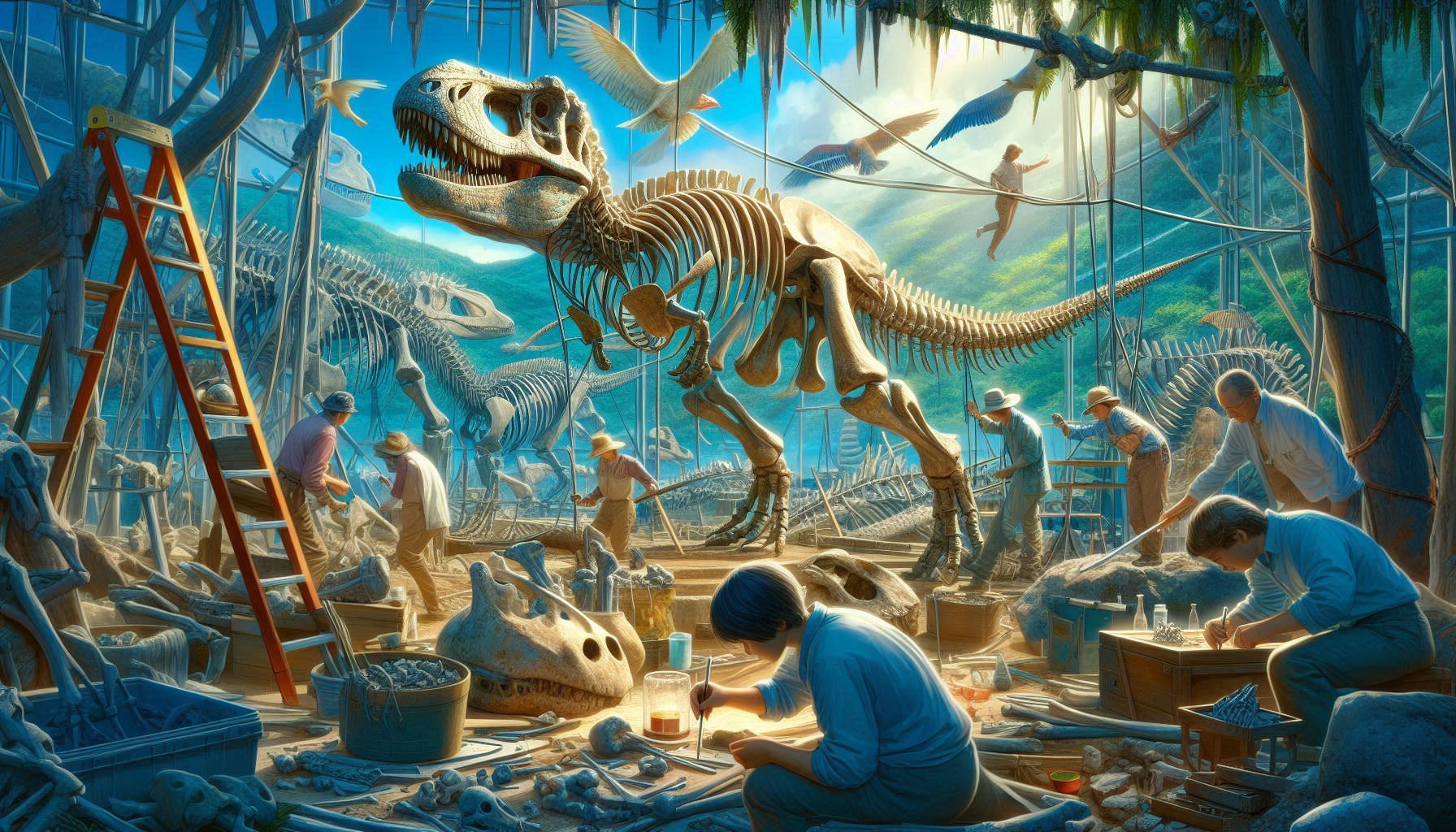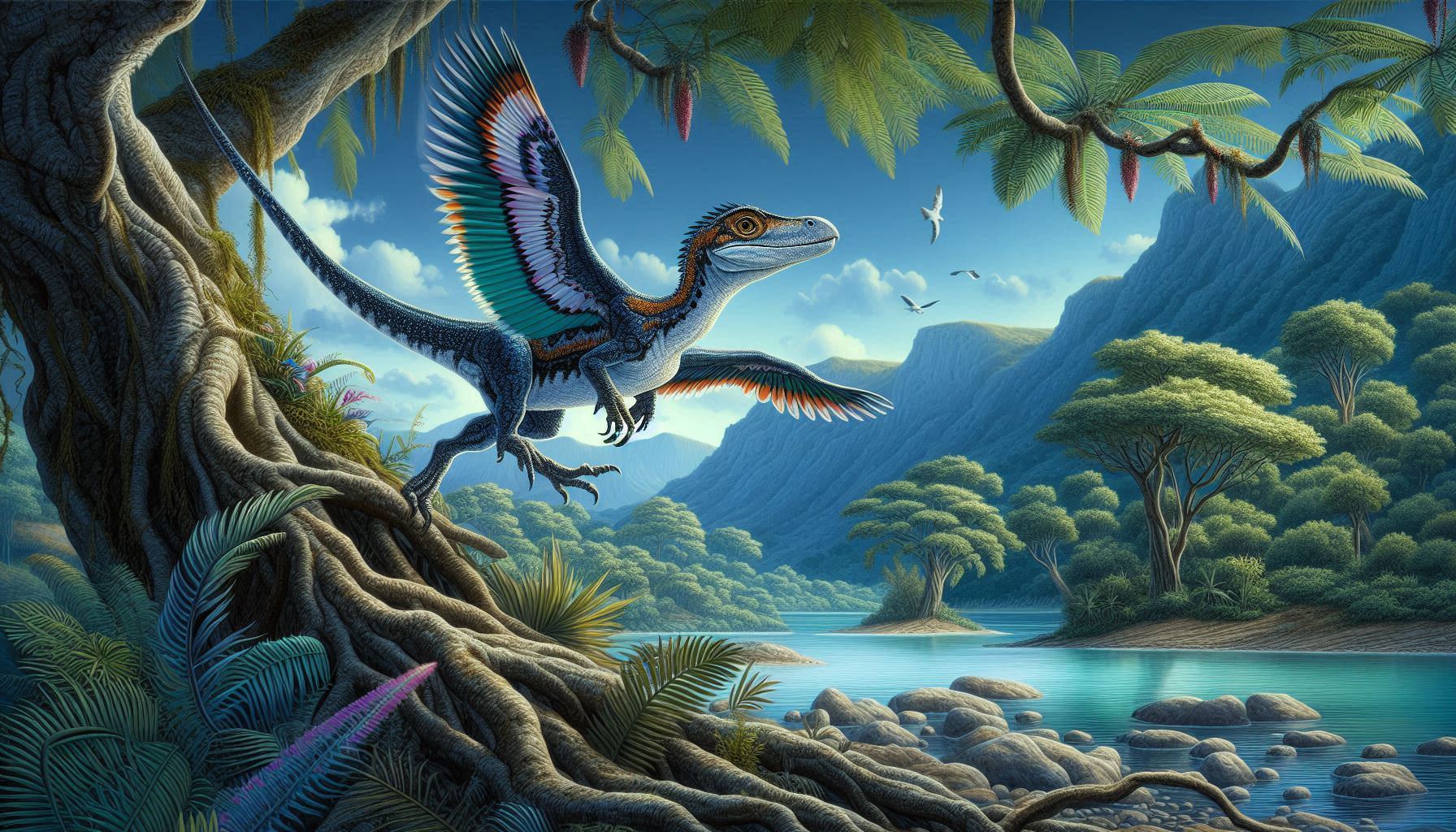Long before dinosaurs roamed the Earth and sharks ruled the oceans, an enormous predator skittered across the ancient seabed — the Jaekelopterus. This prehistoric arthropod wasn’t a scorpion as we know it today, but a distant aquatic relative that dominated the waters more than 400 million years ago. At nearly 2.5 meters (8 feet) long, it was one of the largest arthropods to ever live.
Let’s dive into the murky waters of the Paleozoic era to meet this terrifying but fascinating marine titan.
- What Was Jaekelopterus?
- How Big Was Jaekelopterus?
- What Did Jaekelopterus Look Like?
- Where Did Jaekelopterus Live?
- How Was Jaekelopterus Discovered?
- Why Did It Go Extinct?
- Fun Facts About Jaekelopterus
- FAQ
- What is Jaekelopterus
- How big was Jaekelopterus
- What did Jaekelopterus eat
- Was Jaekelopterus related to modern scorpions
- Where have Jaekelopterus fossils been found
What Was Jaekelopterus?
Jaekelopterus rhenaniae was a type of eurypterid — a group of extinct arthropods often called “sea scorpions.” It lived during the Silurian and Devonian periods, approximately 390 to 430 million years ago.
Though not a true scorpion, it shared some visual traits: segmented body, pincers, and a tail that may have ended in a spine. But unlike today’s land-dwelling scorpions, Jaekelopterus was fully aquatic and likely a powerful swimmer and active hunter.
How Big Was Jaekelopterus?
Jaekelopterus is famous for its size. One fossilized claw found in Germany led scientists to estimate its total body length at around 2.5 meters (8.2 feet). That’s longer than most adult humans — and massive for an arthropod.
Its size alone would have made it one of the apex predators of its time, likely preying on fish and smaller invertebrates. Its large compound eyes and forward-facing pincers suggest it actively stalked and captured prey.
What Did Jaekelopterus Look Like?
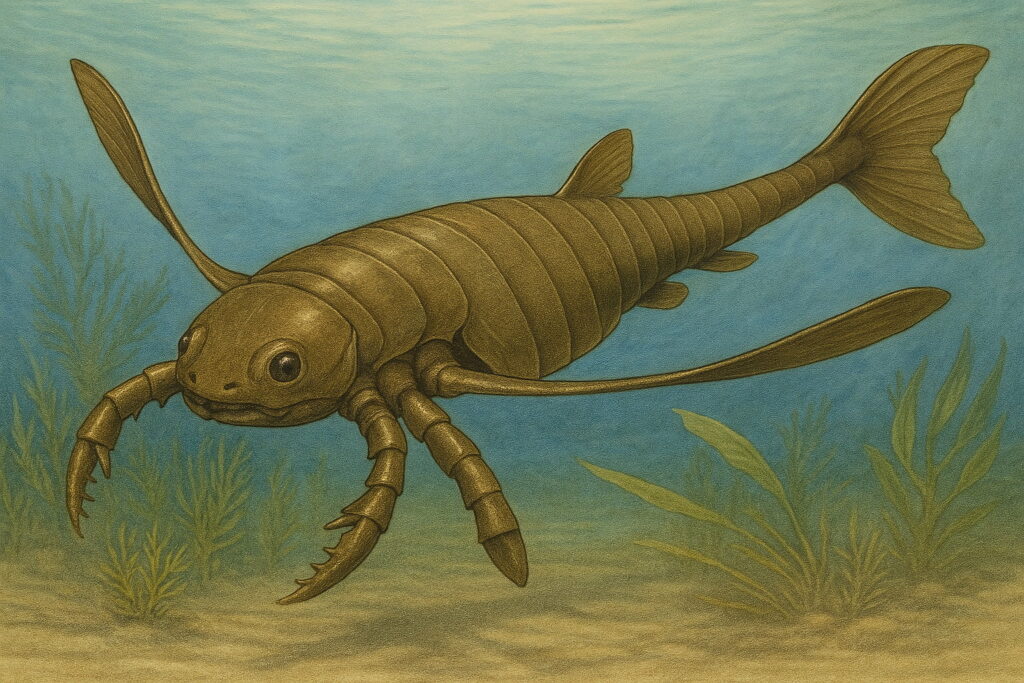
Jaekelopterus had a long, segmented body with paddle-like limbs for swimming. Its two front appendages were equipped with large pincers, and its head featured big compound eyes, helping it see in dim underwater environments.
Some scientists believe it could have walked along the sea floor using its limbs, while also being agile enough to swim after prey. Its exact color is unknown, but like modern arthropods, it may have had a hard exoskeleton in dark brown or bluish hues.
Where Did Jaekelopterus Live?
Fossils of Jaekelopterus have been found in Germany and Norway, in sedimentary rock that once formed the floor of shallow seas. During the Silurian and Devonian periods, large parts of Europe were submerged under warm, tropical waters rich in marine life.
These ancient ecosystems were teeming with early fish, trilobites, brachiopods, and other eurypterids. In this underwater world, Jaekelopterus stood at the top of the food chain.
How Was Jaekelopterus Discovered?
The most famous fossil was discovered in the early 2000s in a quarry near Prüm, Germany. A single claw — over 46 centimeters (18 inches) long — was so large it caused paleontologists to re-evaluate the maximum size of arthropods. It belonged to a previously known species, but its sheer scale placed Jaekelopterus in the spotlight.
It remains one of the largest arthropods ever discovered.
Why Did It Go Extinct?
Jaekelopterus, like other eurypterids, disappeared by the end of the Devonian period. The causes likely include:
- Changing sea levels
- Declining oxygen levels in shallow seas
- Competition from newly evolving fish species
As fish became faster and more agile, many ancient arthropods may have lost their edge as top predators.
Fun Facts About Jaekelopterus
- It predates dinosaurs by over 150 million years.
- Its name honors German paleontologist Otto Jaekel.
- It may have had both crawling and swimming abilities.
- Some researchers think it could strike with surprising speed.
FAQ
What is Jaekelopterus
Jaekelopterus is an extinct genus of sea scorpion (eurypterid) that lived during the Silurian and Devonian periods. It was one of the largest arthropods in Earth’s history.
How big was Jaekelopterus
It could grow up to 2.5 meters (8.2 feet) long, making it longer than most modern humans and larger than any arthropod alive today.
What did Jaekelopterus eat
It likely fed on fish, smaller arthropods, and other marine invertebrates. Its pincers and eyes suggest it was an active predator.
Was Jaekelopterus related to modern scorpions
It was a distant relative. Jaekelopterus belonged to the eurypterids, a now-extinct group that shares ancestry with arachnids like scorpions and spiders.
Where have Jaekelopterus fossils been found
Fossils have been found in Germany and Norway, in rock formations that were once ancient seafloors.
prehistoric sea scorpion, eurypterid predator, Silurian marine life, giant arthropods, Jaekelopterus size, Devonian fossils, ancient sea creature, extinct sea predator, arthropod evolution, fossil sea scorpion, Jaekelopterus fossil discovery

